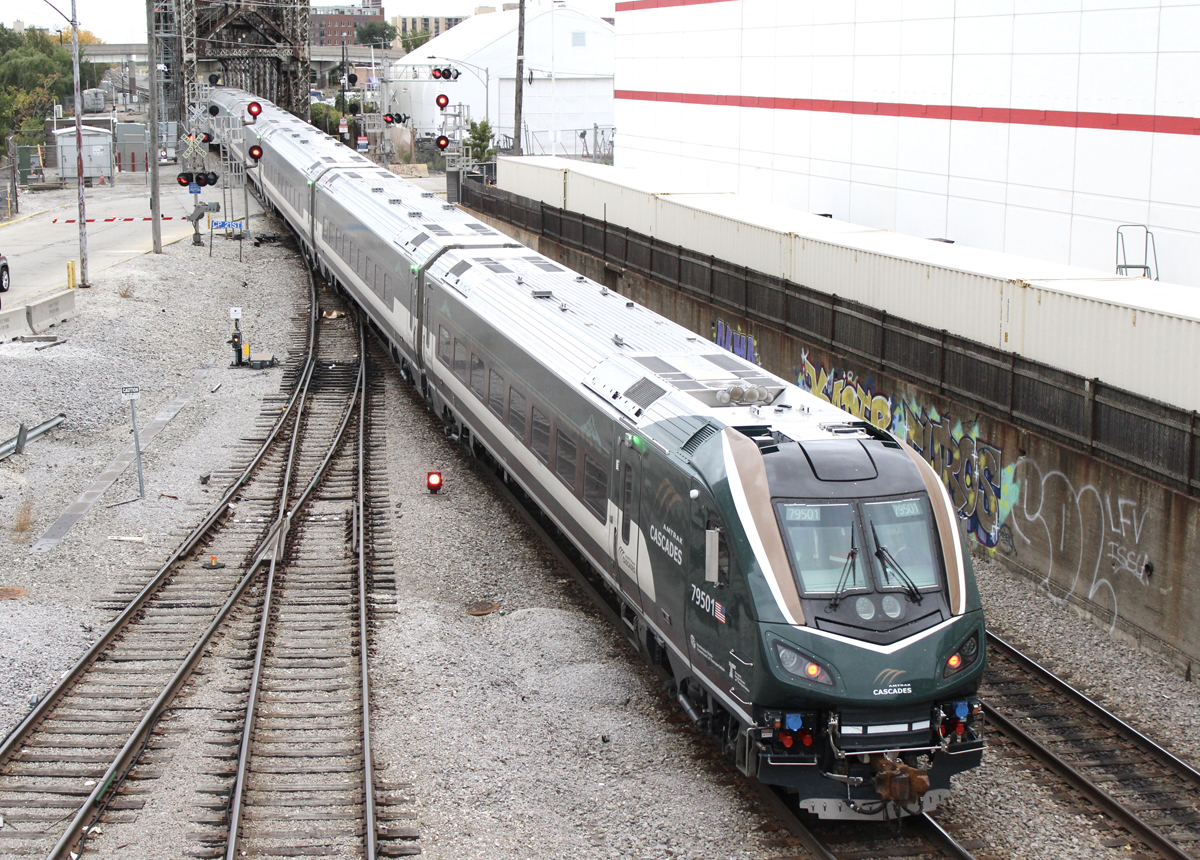
CHICAGO — Its trials completed at the Federal Railroad Administration’s Transportation Technology Center in Pueblo, Colo., Amtrak’s first Siemens Airo trainset is now headed east to the company’s Philadelphia coach yard, where it will be based for Northeast Corridor testing and commissioning. That trip included a stop in Chicago today (Oct. 22, 2025).
The train — a cab car, five coaches including one business class car, and Charger ALC-42e locomotive No. 70001, all wearing the unique Amtrak Cascades paint scheme — operated from LaJunta, Colo., as train No. 966 on the Southwest Chief’s route across Kansas, Missouri, and western Illinois. Led by P42s Nos. 134 and 85, an Amfleet I café, and heritage sleeper No. 10020 Pacific Bend, it arrived at Chicago at the beginning of the morning rush on Metra’s BNSF Line.

After all equipment was serviced and given a mandatory 1,500-mile inspection, the entire ensemble exited to the Union Avenue interlocking to be turned on the wye for trip east. In the process, the Airo equipment tested clearances on one of the sharpest curves on the Amtrak system

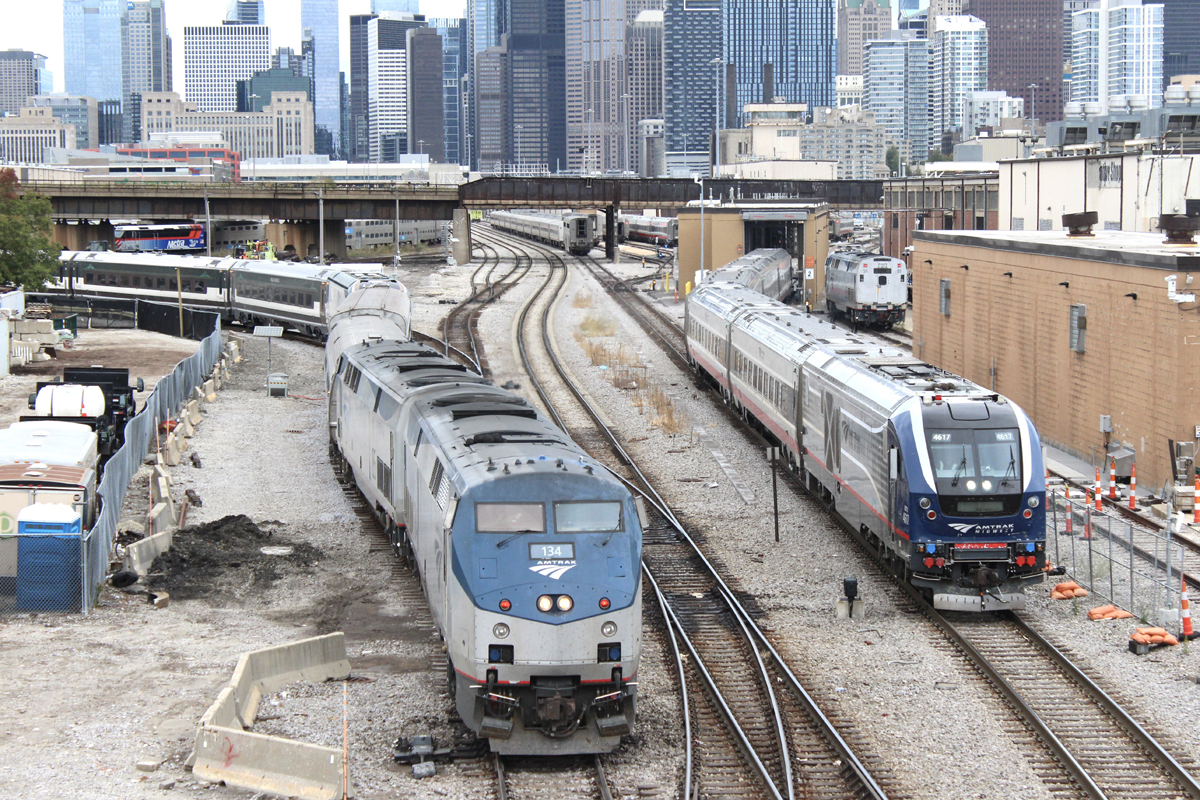
The exterior had not been cleaned since leaving the Siemens factory in Sacramento, Calif., at the beginning of the summer, so the trainset also made a pass through the newly commissioned train wash.
The special was set to leave Chicago tonight, following the Floridian to Pittsburgh, then operate on the markers of the Pennsylvanian to Philadelphia on Thursday. The first Airos are slated to enter service in Pacific Northwest on the Eugene, Ore.-Vancouver, B.C. Cascades corridor in early 2026.
— Updated Oct. 23 at 9:33 a.m. to correct spelling of Airo throughout; updated Oct. 24 at 10:23 a.m. to correct name of Amtrak sleeping car, mileage involved in equipment inspection.







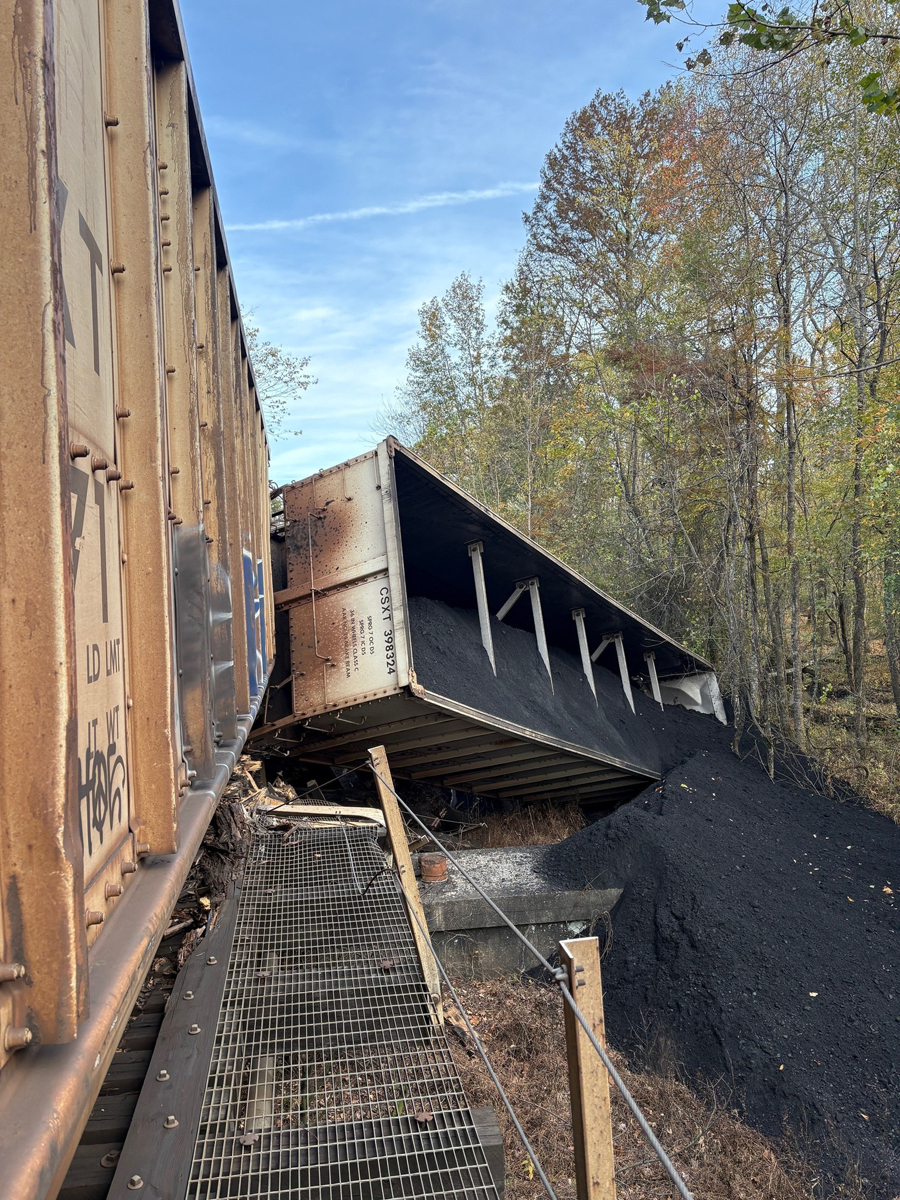


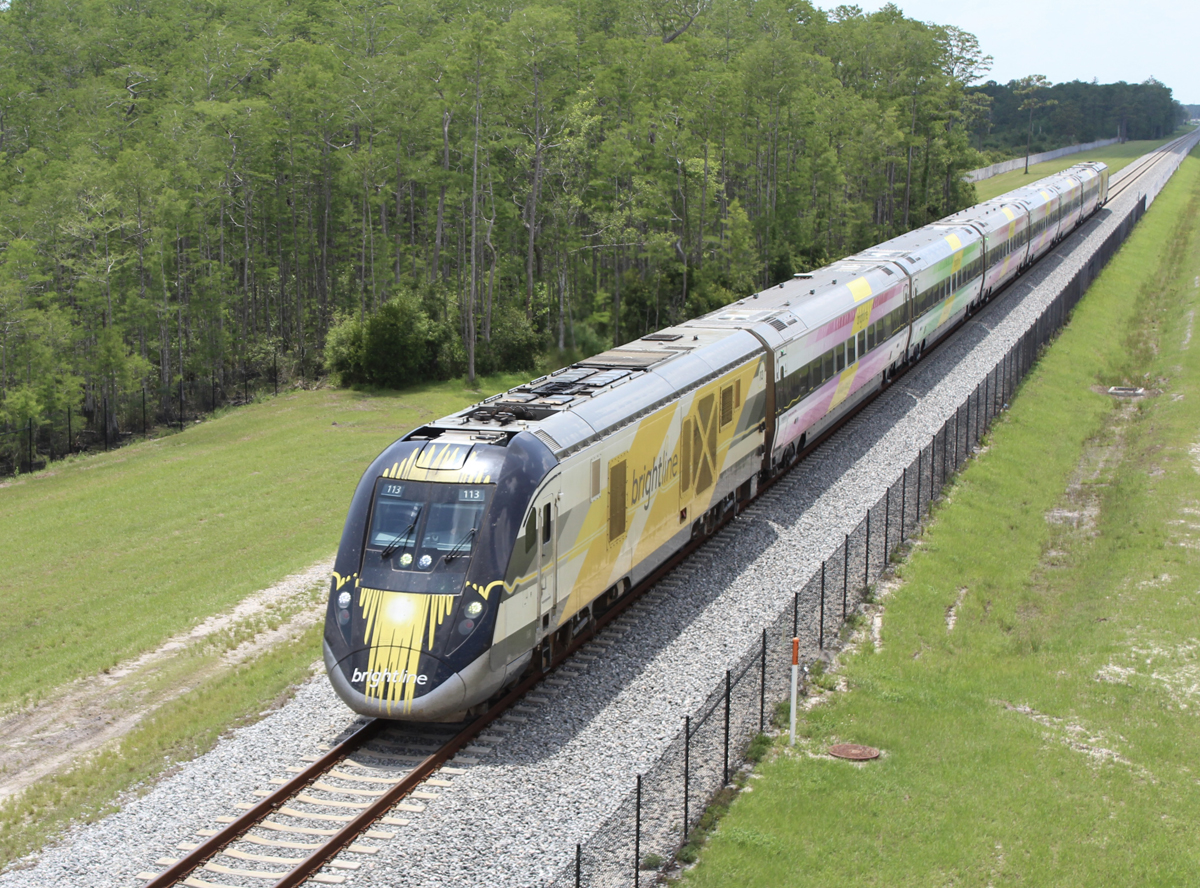

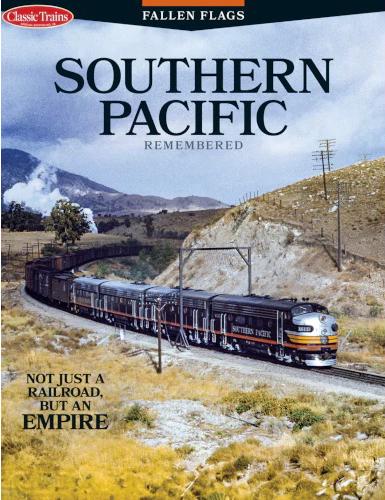

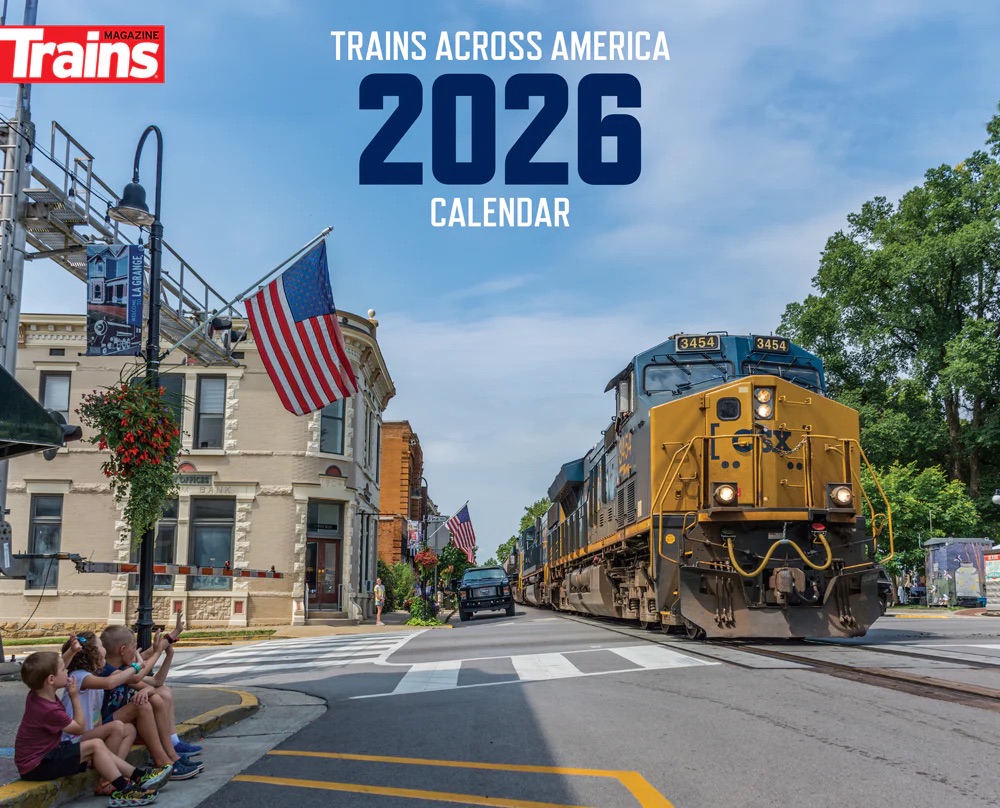
The mandatory 1,500 mile inspection by the FRA of Amtrak’s first Siemens Airo trainset is a classic example of government bureaucracy. It is akin to a brand new automobile being driven hundreds of miles for testing before sale. The new Siemens Airo train will enter revenue service as the ‘Cascades’ weary from the rigid tests.
converted locos are still rather heavy and without any seats to sell
The thing about cab cars is the need to have full control links to the engine running through all the intervening cars. So you can’t just slap one on any random car set. Or can they use radio links as they do with mid and end engine sets?
This is a quick stop over at Roosevelt yard in Chicago and then it’ll be tacked on to the Cardinal and off to Ivory City Yard in Washington DC to be put into service for the final round of testing and then next year off to Portland Oregon where it will put into service on the Cascades.
If this train set is destined for Cascades service, why in railroad heaven is this being transported all the way to the NEC? Seems like a needless and expensive move. Then it will have to go all the way across the country again. How much in fuel, crews and wear before hauling one revenue passenger? At least look at selling a limited number of first ride seats to those willing to pony up the money and get something out of the move.
Because Amtrak is expecting to get similar(ish) Airo sets in the near future, so they want to bring this one to the NEC for testing and crew/maintenance familiarization before the other ones show up.
Welcome to America’s railroad capital, dear new Amtrak friend!
Dr. Güntürk Üstün
It was not on the 23’s Pennsylvanian. Is it in Pittsburgh?
It ran ahead of 42 as NS 968.
Is it “Airo” or “Aero?”
Amtrak “Airo” trainsets, of course!
Dr. Güntürk Üstün
Wonder how long before these sets move into actual service. Hopefully faster than the new Acela.
My concern is how fast the cab cars. The taxpaying public must notice the waste of two locos (live locos or derated) on a three-car train.
Take a closer look at the cab car. There is no power in that unit, it’s a passenger car with a cab on the end.
That’s correct Scott Giles.
Dr. Güntürk Üstün
Let’s hope that the first Airo trainsets will enter service in early 2026, as announced…
Dr. Güntürk Üstün
Scott, I think Charles’ point is that once these sets with integrated cab cars enter service, it’ll free up existing cab cars on the Cascades and other routes switching to Airos. Those cab cars can then be put on routes currently using two engines to provide bidirectionality, like the Mardi Gras Service and Borealis, that only need one engine for power.
Then again, as old as the F40 “cabbages” are getting, maybe Amtrak just needs to look at a wholesale cab car order or more conversions of Genesis engines to meet their needs.